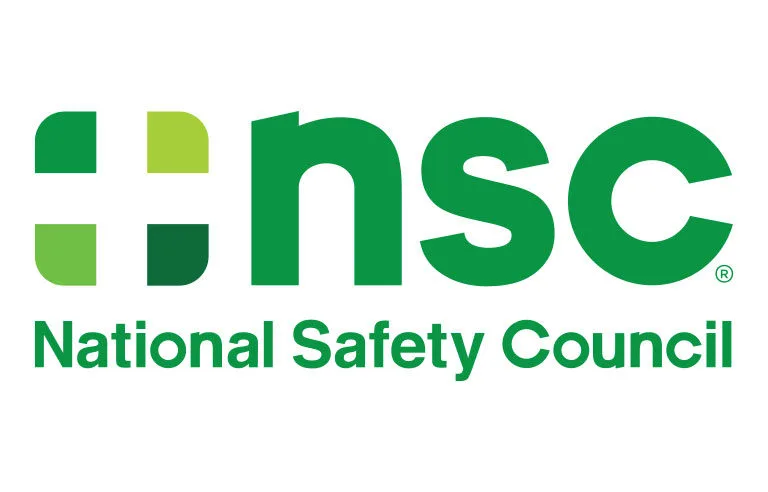
Backboards: Risks vs Benefits
by | 07/07/2024
Introduction
Spinal immobilization has long been a cornerstone of prehospital care for trauma patients with suspected spinal injuries. Traditionally, backboards were the standard tool for immobilizing the spine and preventing further injury during transport to medical facilities. However, recent studies and guidelines have shifted the perspective on the use of backboards, revealing that their risks often outweigh the benefits. This blog explores the reasons why backboards should no longer be used for spinal immobilization in the prehospital environment, based on current evidence and best practice guidelines.
The Evolution of Spinal Immobilization Practices
In the past, backboards were widely believed to provide necessary stabilization for trauma patients with potential spinal injuries. However, recent research has highlighted several significant issues associated with their use:
Increased Risk of Pressure Sores and Tissue Damage:
- Prolonged immobilization on a hard surface can cause pressure sores and soft tissue injuries, especially in elderly patients or those with existing comorbidities. The discomfort and pain caused by backboards can exacerbate a patient's condition.
Respiratory Complications:
- Immobilization on a backboard can compromise respiratory function, particularly in patients with underlying respiratory conditions or chest injuries. The restrictive nature of the backboard can impede proper ventilation and oxygenation.
Increased Pain and Discomfort:
- Backboards can cause significant pain, especially in patients with fractures or other injuries. The rigid surface and immobilization can aggravate existing injuries, leading to unnecessary suffering and potentially complicating the patient’s condition.
No Proven Benefit in Improved Outcomes:
- Studies have shown that backboards do not improve outcomes in trauma patients with suspected spinal injuries. There is no substantial evidence that their use reduces the risk of further spinal damage or improves neurological outcomes.
Current Guidelines and Recommendations
Several authoritative bodies and recent guidelines now advise against the routine use of backboards for spinal immobilization:
American College of Emergency Physicians (ACEP):
- ACEP emphasizes the selective use of spinal immobilization, recommending against routine backboard use. They advocate for a more nuanced approach based on individual patient assessment.
National Association of EMS Physicians (NAEMSP):
- NAEMSP advises that backboards should be used primarily for extrication purposes and not for routine spinal immobilization. They suggest alternative methods such as the use of cervical collars and careful handling.
Prehospital Trauma Life Support (PHTLS):
- PHTLS guidelines highlight the risks associated with backboard use and recommend minimizing their application. They encourage the use of vacuum mattresses or other supportive devices that provide immobilization without the adverse effects of backboards.
Alternative Approaches to Spinal Immobilization
Given the drawbacks of backboards, alternative methods have been recommended to provide effective spinal immobilization without the associated risks:
Cervical Collars:
- Cervical collars can provide adequate neck immobilization without the need for a backboard. They are more comfortable and less likely to cause pressure sores or respiratory complications.
Vacuum Mattresses:
- Vacuum mattresses conform to the patient’s body shape, providing better immobilization and comfort. They distribute pressure evenly, reducing the risk of pressure sores and other complications.
Careful Handling and Patient Positioning:
- Proper lifting and moving techniques, along with strategic patient positioning, can help stabilize the spine during transport. Training EMS personnel in these techniques is crucial for minimizing movement and potential injury.
Conclusion
The shift away from the routine use of backboards for spinal immobilization in the prehospital environment is supported by substantial evidence and expert recommendations. The risks associated with backboards, including pressure sores, respiratory complications, and increased pain, outweigh the potential benefits. Adopting alternative methods, such as cervical collars, vacuum mattresses, and careful patient handling, can provide effective spinal immobilization while minimizing adverse effects. By following current guidelines and best practices, EMS providers can enhance patient care and outcomes in trauma situations.
References
- American College of Emergency Physicians (ACEP): ACEP Guidelines
- National Association of EMS Physicians (NAEMSP): NAEMSP Guidelines
- Prehospital Trauma Life Support (PHTLS): PHTLS Guidelines
By staying informed and adapting to the latest evidence-based practices, we can ensure the highest standard of care for patients with suspected spinal injuries in the prehospital setting.




